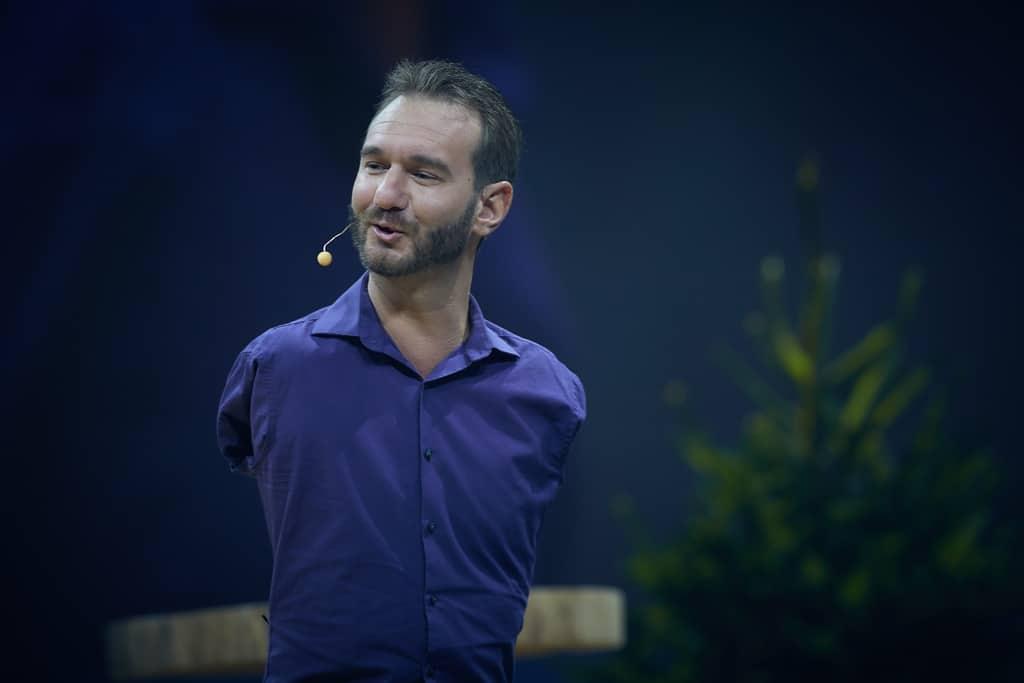3Oct2017
23-year-old Boyan Slat has already raised over 35 million dollars for his Ocean Cleanup project, his revolutionary idea to utilize the ocean currents to concentrate plastic waste.
“We devised an artificial coastline, a U-shaped floating barrier that acts like a funnel to first concentrate the plastic before we take it out of the water. In other words, it’s sort of like an automatic vacuum cleaner that’s powered by the natural ocean currents,” he explains.
A son of Croatian immigrants and a resident of the Netherlands, Slat was scuba diving as a young boy in Greece when he was shocked to come across more plastic bags than fish.
His 2012 TEDx talk in Delft on his revolutionary cleanup idea – conceived while he was still in high school – went viral, giving him massive exposure that allowed him to develop the idea that just wouldn’t let his “obsessive nature” rest.
He says the cost of his invention is actually minimal when compared to previous notions, which largely envisioned a system of vessels and nets to clean up the mess. Slat estimates that this effort would have taken 79,000 years and cost billions of dollars.
“I’m a pretty patient person,” Slat said, “but I’m not that patient.”
But what sets Slat apart as a person? Few people are changing the world before they are even 25.
“I’ve been inventing things since I was 2 years old. Things like tree houses, zip lines and rockets. It was fun but it wasn’t very useful. At the beginning of this whole thing, I didn’t really have a clue yet about whether it would work. But I thought, considering the scale of the problem, I still wanted to try,” the young man explained.
Last summer, Ocean Cleanup deployed its first prototype, a 100-meter-long barrier segment in the North Sea. It consisted of long, floating screens that go down about four kilometers and trap the accumulated plastic, preventing it from breaking down into harmful microplastics. Fish and other sea life simply swim underneath it.
Slat now estimates that a system of several of these barriers can eliminate half of the Great Pacific Garbage Patch, one of the five major plastic garbage concentrations in the world’s oceans, within the next 5 years. If the first deployment proves a success, he predicts that a whopping 90 percent of the ocean’s waste could be cleaned up by the year 2040 with his invention.
“After we retrieve the plastic waste, we will wash it, shred it and sort it into different polymer types. In that way we’ll get high quality material out of this.”
“The idea is that we would then sell a licensing fee for our brand, so you can use this material as, say, the dashboard of your next car or a chair you manufacture. This will be a special material with emotional value, and we think that this extra value will make our operations sustainable.”
While it is important that everyone on the planet changes their behavior with regards to their consumer habits and littering, Slat says its important to remember that the solution isn’t about going back to a hunter-gatherer society or being a Luddite.
“To put the fate of the ocean in the hands of the world’s 7.4 billion people – some of whom are simply trying to put their next meal on the table – is a bit unfair. I think we really have to figure out how technology can help us in this endeavor.”


